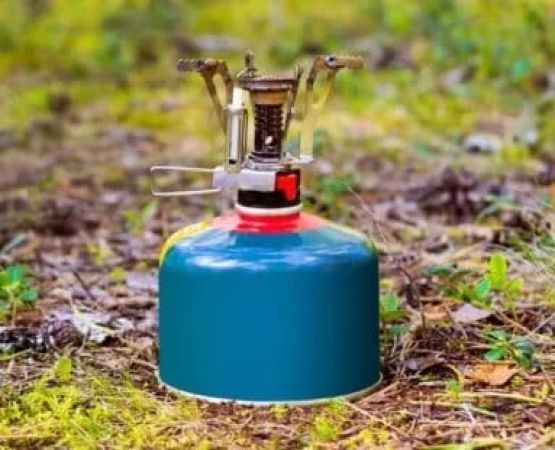Choosing the Best Campsite for Your Family
As a family, there’s nothing quite like the excitement of camping together. Over the years, I’ve taken my family on countless camping trips, and I’ve learned that choosing the right campsite can make or break the experience. Whether you’re looking to escape to the mountains, relax by the beach, or hike through dense forests, the right campsite can enhance your outdoor adventure. In this article, I’ll share the insights I’ve gathered from my family’s camping experiences to help you pick the perfect spot for your next trip.
1. Consider the Location and Accessibility
The first step in choosing a campsite is deciding where you want to go. I’ve learned that location plays a major role in ensuring everyone in the family has a great time. If you have young children or elderly family members, it’s important to find a campsite that’s easy to access. We’ve found that campsites near major roads or those with paved paths are ideal, especially when you’re hauling gear or if you want to avoid long, strenuous hikes before you even start your camping trip.
1.1 Proximity to Attractions
It’s also important to consider the proximity to attractions and activities. For instance, we once camped near a national park that offered not only beautiful views but also hiking trails, lakes for swimming, and ranger-led activities for kids. Having activities nearby keeps everyone entertained, especially when you have a mix of ages in your group. I’ve found that locations with a variety of family-friendly activities create lasting memories for everyone.
1.2 Distance from Home
For shorter trips, I recommend choosing a campsite within a few hours’ drive from home. Our family enjoys weekend camping trips, and we’ve found that locations within a 3-hour drive are ideal for a stress-free weekend getaway. If you’re planning a longer trip, then considering a campsite farther away with more remote and secluded surroundings could be an exciting adventure.
2. Evaluate Campsite Amenities and Features
When I first started camping with my family, I didn’t fully appreciate how important campsite amenities and features are. But as time went on, I realized that a campsite’s facilities can either enhance or complicate your experience. Over the years, I’ve learned to prioritize certain features based on the needs of our family.
2.1 Bathroom and Shower Facilities
If you’re camping with kids, access to clean and safe bathroom and shower facilities is essential. During our early trips, we made the mistake of booking campsites without these amenities, and let’s just say it wasn’t as enjoyable as we hoped. Now, I always look for campsites that offer modern bathrooms with flush toilets and hot showers. It makes a huge difference, especially on longer trips.
2.2 Campsite Size and Privacy
Another important factor to consider is the size and privacy of the campsite. If you prefer a more intimate and peaceful experience, try to find campsites that offer more space between each site. We once stayed in a campsite where we had little privacy, and it was hard to enjoy the quiet nature of camping with other families close by. On the other hand, some campgrounds offer secluded sites that are perfect for a more private experience, which is something we now look for.
2.3 Picnic Tables, Fire Pits, and Cooking Areas
For family meals, I’ve found that campsites with built-in picnic tables and fire pits are a must. Cooking outdoors is one of the highlights of camping, and having a dedicated space to prepare meals makes everything more enjoyable. We’ve made countless meals over an open fire, and having a fire pit is a game-changer. Additionally, if you prefer to cook using a camp stove or bring your own grill, check if the campsite provides cooking areas with grills or flat surfaces.
3. Safety and Security Considerations
As a parent, ensuring the safety of my children is always a top priority when choosing a campsite. I’ve found that some locations offer better security and safety features than others. If you have small children or pets, look for campsites with fenced areas or those that are located away from busy roads. During one camping trip, we were able to enjoy peace of mind knowing our campsite was in a remote area with no traffic, which allowed the kids to play safely.
3.1 Wildlife Considerations
Depending on the location, wildlife can be a concern, especially if you’re camping in more remote areas. Bears, raccoons, and other wildlife can sometimes be attracted to campsites with food and trash left unattended. I always make sure to pick campsites with bear boxes or trash disposal areas to keep food secure and prevent attracting wildlife. Reading reviews or asking the campsite staff about wildlife safety measures is always a good idea.
3.2 Weather and Environmental Conditions
It’s also important to check the weather forecast before booking your campsite. We’ve had trips where unexpected rain or extreme heat made the experience less enjoyable. I recommend checking for sites that offer shelter, like a pavilion or a large tent site, especially if the weather might not cooperate. Some campsites even offer cabins or yurts, which provide a more comfortable and protected option when needed.
4. Assess the Cost and Availability
The last factor to consider is cost. While it’s tempting to splurge on a luxury campsite, I’ve found that affordability plays an important role in family camping. Look for campsites that fit within your budget but still provide the essential amenities you need. Booking early is essential, especially during peak camping season. We learned this the hard way when we couldn’t get a spot at a popular campground during summer break, so I always recommend making reservations in advance.
Additionally, be aware of hidden fees. Some campsites charge extra for parking, firewood, or equipment rental, so it’s important to know exactly what’s included in the price before booking.






